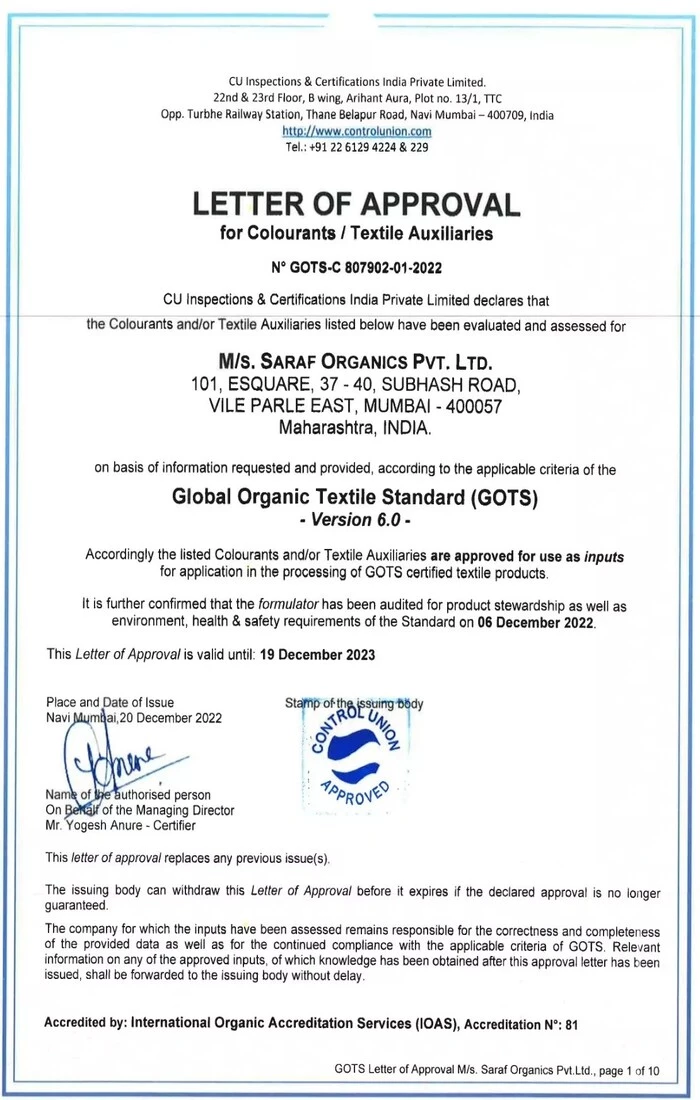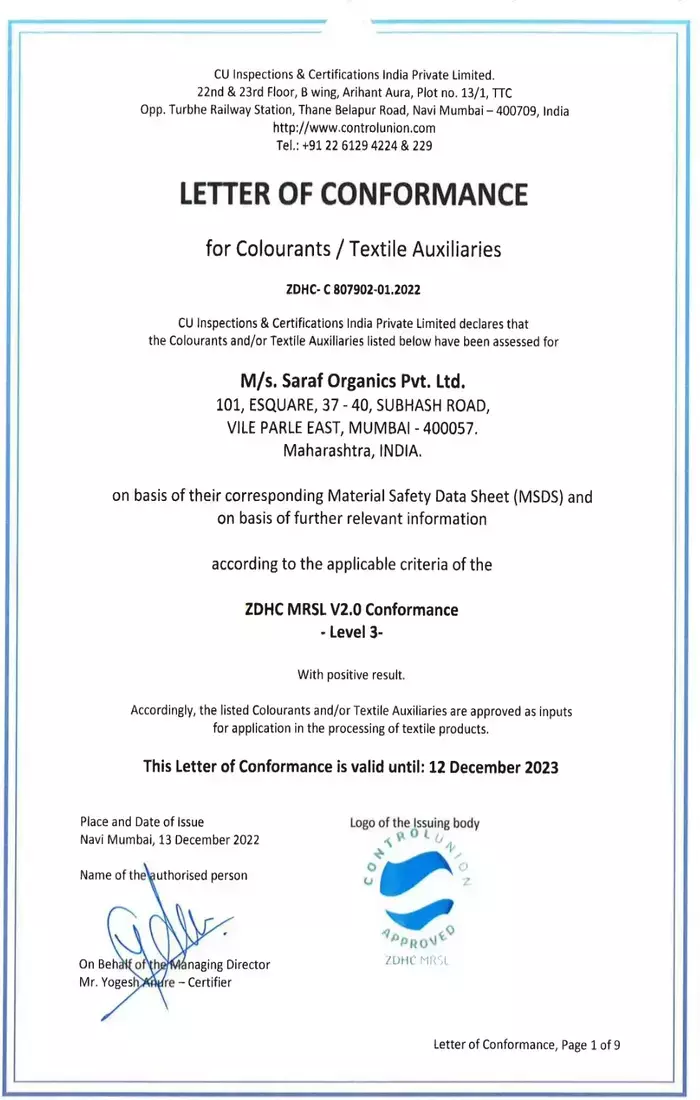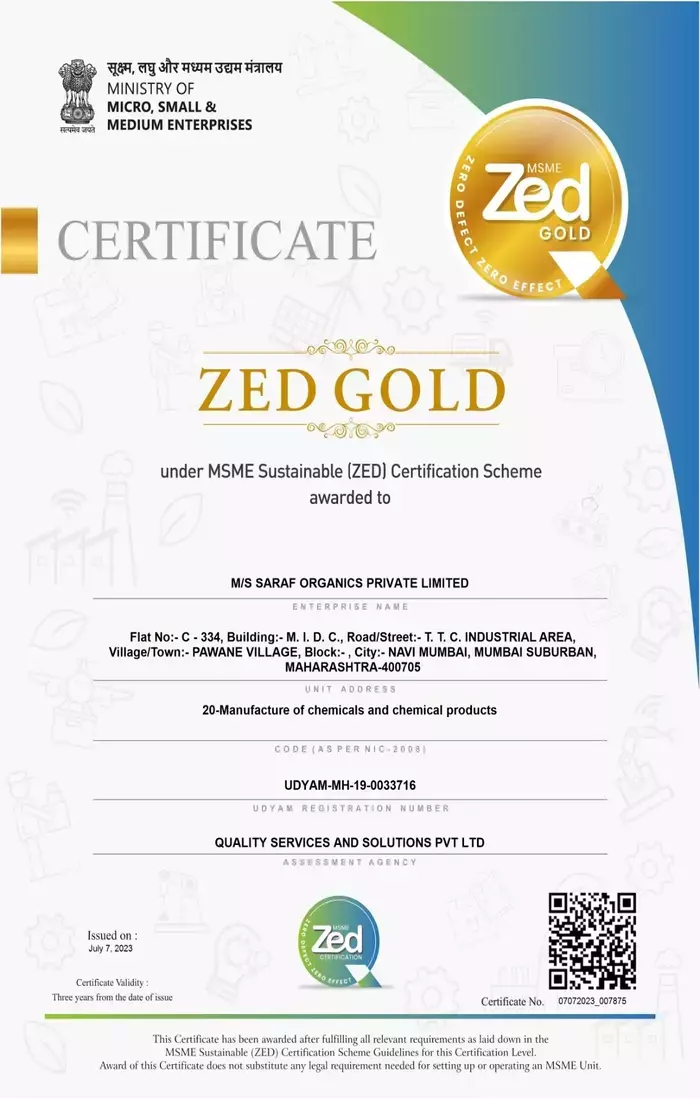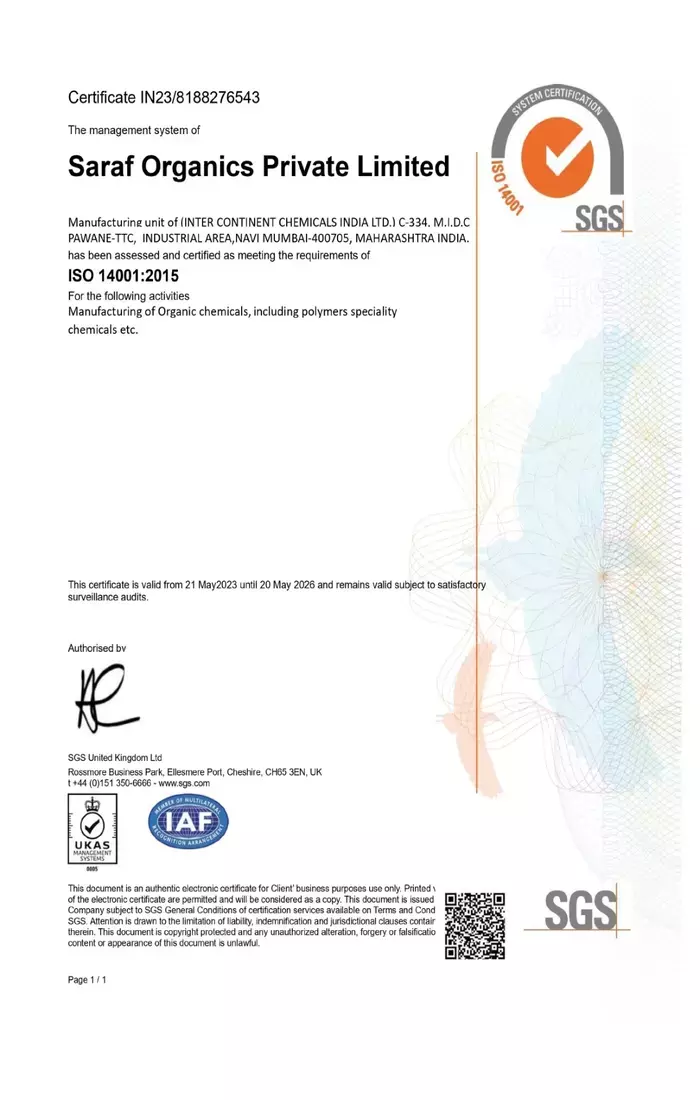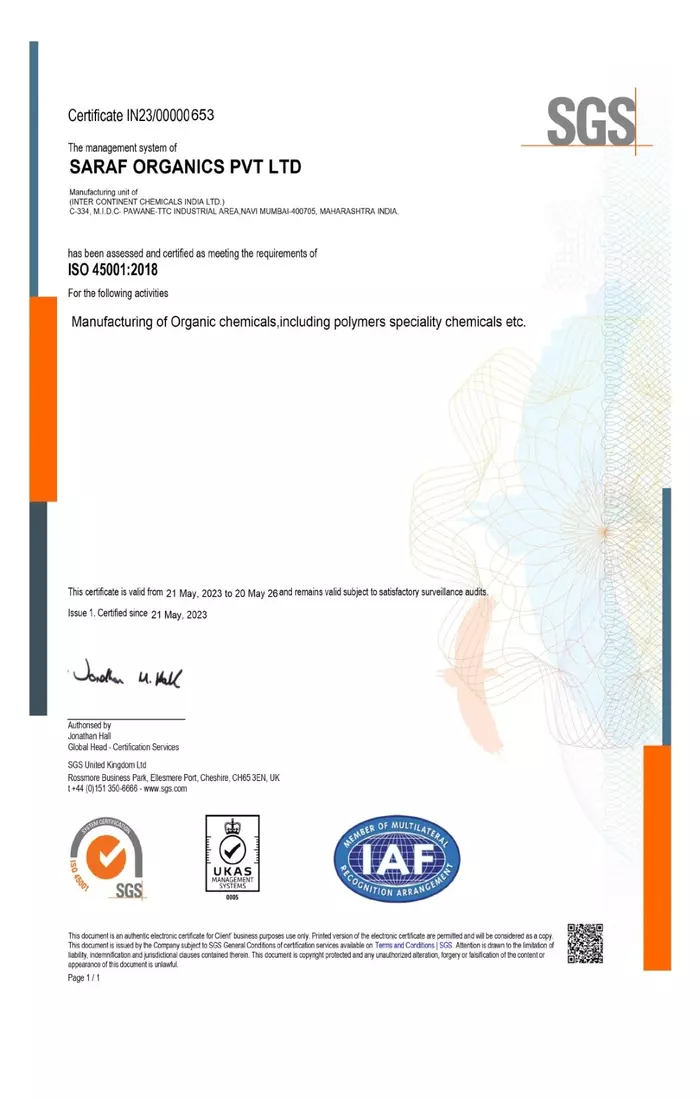
Woven Textiles Softeners
Function:
Silicone softeners are widely used to impart a soft,smooth, and silky feel to woven fabrics. They enhance the fabric's drapability and reduce friction.
Examples:
Applied during the finishing process, often through padding or exhaust methods.
Function:
Cationic softeners are positively charged and are effective on cellulosic fibers like cotton. They provide softness and help reduce static electricity.
Examples:
Applied through padding, exhaust, or spraying methods.
Function:
Softeners derived from fatty acids provide a natural,soft feel to woven fabrics. They can be used alone or in combination with other softening agents.
Examples:
Applied through padding or exhaust methods.
Function:
Hydrophilic softeners improve the moisture absorption properties of woven fabrics, making them more comfortable to wear by enhancing breathability.
Examples:
Applied through padding or exhaust methods.
Function:
Non-ionic softeners are suitable for various fiber types and are effective in reducing fabric stiffness.
Examples:
Applied through padding, exhaust, or spraying methods.
Function:
Amino-functional softeners improve the fabric's resilience and provide a soft hand feel. They are often used on synthetic fibers in woven fabrics.
Examples:
Applied through padding or exhaust methods.
Function:
These softeners are cationic and are effective in reducing fabric stiffness, enhancing surface smoothness,and minimizing static electricity.
Examples:
Typically applied through padding or exhaust methods.
Function:
Polyethylene emulsion softeners enhance fabric softness and smoothness. They are commonly used on synthetic fibers in woven textiles.
Examples:
Applied through padding or exhaust methods.
Function:
Blending different softeners allows manufacturers to achieve a combination of softness, smoothness, and other desired characteristics in woven fabrics.
Examples:
Applied through various finishing processes, depending on the specific softening agents used.
Function:
Microencapsulated softeners release softening agents gradually over time, providing a longer-lasting soft feel to woven fabrics.
Examples:
Applied during finishing, and the microcapsules break open gradually during wear and washing.


